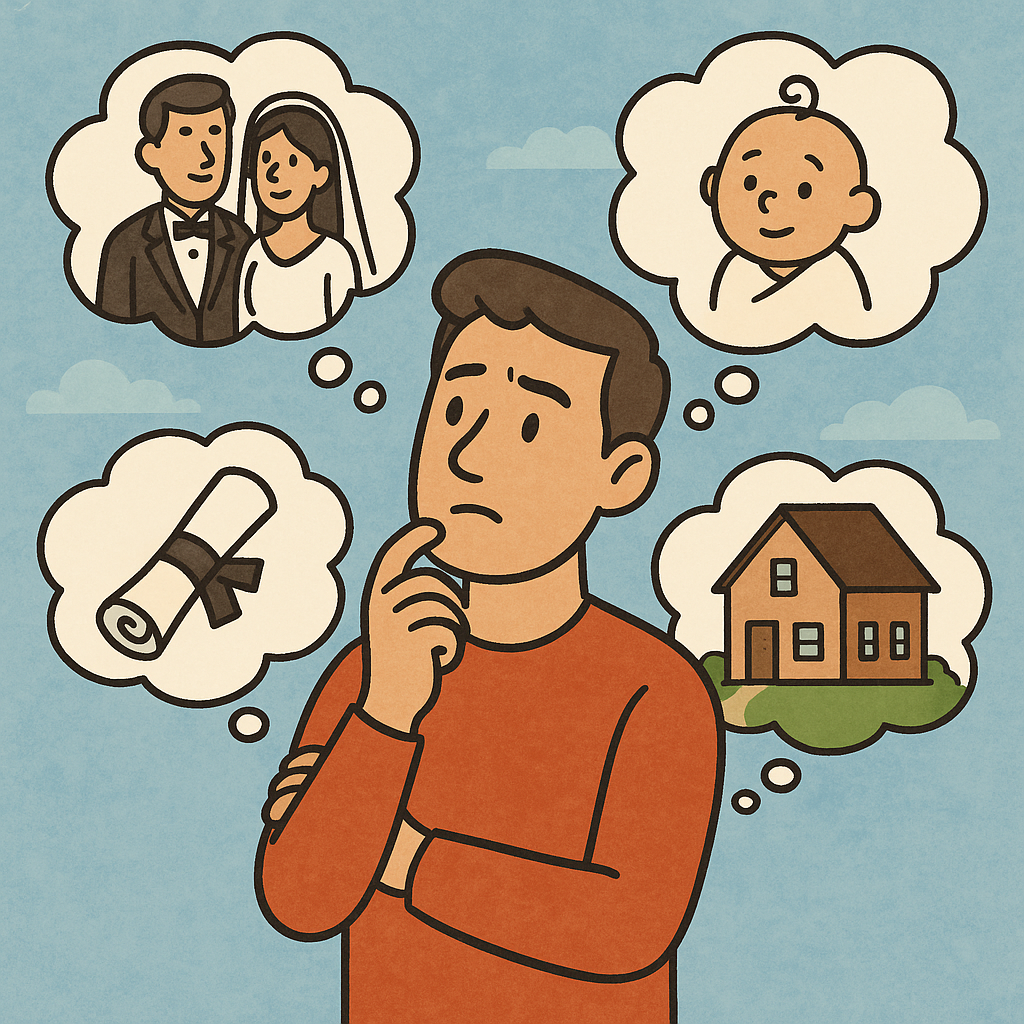
After years of studying how people make relatively small decisions in common situations, I have become fascinated with how people make the biggest decisions in life. A “big” decision is one in which you explicitly chose between two or more options knowing that the outcome would have significant and often long-term consequences for how you or others live.
In this stream of research, I have investigated what are big life decisions, how can they be categorised (I came up with 8 decision categories and 58 decision types), when they tend to happen, what factors predict good ones, and to what extent the answers to any of these questions are predictable.
You can read more about my investigation of Life’s Biggest Decisions on my blog at Psychology Today. Also, check out my website www.TenBiggestDecisions.com where visitors can explore the findings and contribute to the project.
References:
- Camilleri, A. R. (2024). Predicting big life decisions. Working paper.
- Camilleri, A. R. (2023). An investigation of big life decisions. Judgment and Decision Making, 18:e32, 1-29. DOI: 10.1017/jdm.2023.30. [Stimuli and data] [PDF]
